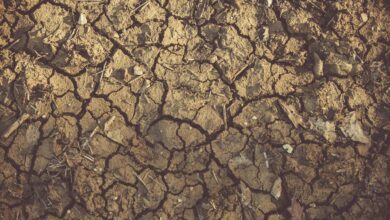5 Innovative Plastic Pollution Solutions That Can Make A Difference
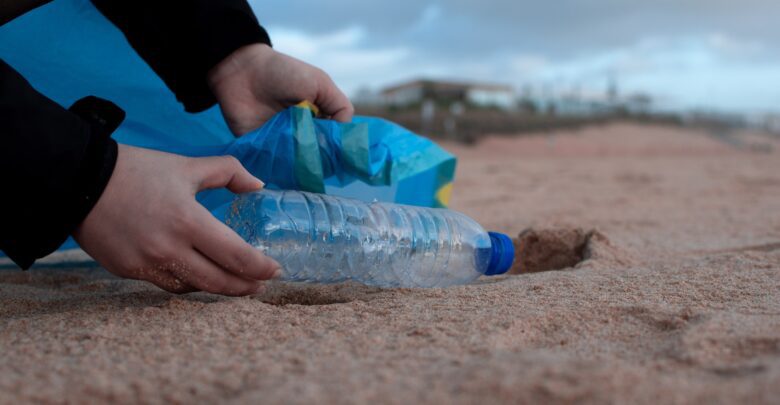
Plastic pollution is a global problem that has a devastating impact on the environment. It is estimated that there are about 5.25 trillion pieces of plastic debris in the ocean, and this number is growing every day. The plastic pollution problem has become so severe that it is now affecting the health of marine animals, the quality of our food, and even our own health. The good news is that there are innovative solutions that can help to reduce plastic pollution and make a real difference. In this article, we will explore five of these solutions and how they can help to address the plastic pollution crisis.
Plastic pollution is the accumulation of plastic products in the environment that adversely affects wildlife, wildlife habitat, or humans. Plastic pollution is a major problem that is affecting our planet in various ways. Plastic can take hundreds of years to decompose, and it often ends up in the ocean, where it harms marine life and ecosystems.
The problem of plastic pollution has become so severe that it is now considered one of the biggest environmental challenges of our time. Plastic pollution affects every aspect of our lives, from the food we eat to the air we breathe. It is important that we take action to address this issue.
The impact of plastic pollution on the environment
Plastic pollution has a devastating impact on the environment. It is estimated that over 8 million tons of plastic are dumped in our oceans every year. This plastic waste harms marine life, pollutes beaches, and damages ecosystems.
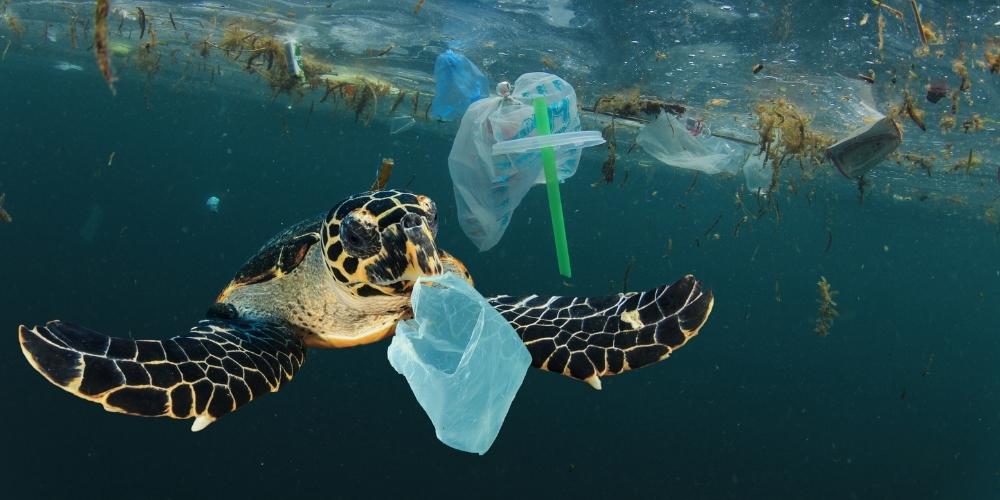
When plastic debris enters the ocean, it can be mistaken for food by marine animals, which can lead to injury, illness, and even death. Plastic pollution also affects the food chain, as tiny plastic particles are eaten by small marine animals, which are then eaten by larger animals, including fish that humans consume.
In addition to harming marine life, plastic pollution also has a negative impact on the environment. Plastic waste takes hundreds of years to decompose, which means that it accumulates in landfills, pollutes waterways, and harms wildlife for many years.
Innovative plastic pollution solutions – an overview
There are many innovative solutions that can help to reduce plastic pollution and make a real difference. In this section, we will explore five of these solutions.
Solution 1: Biodegradable plastics
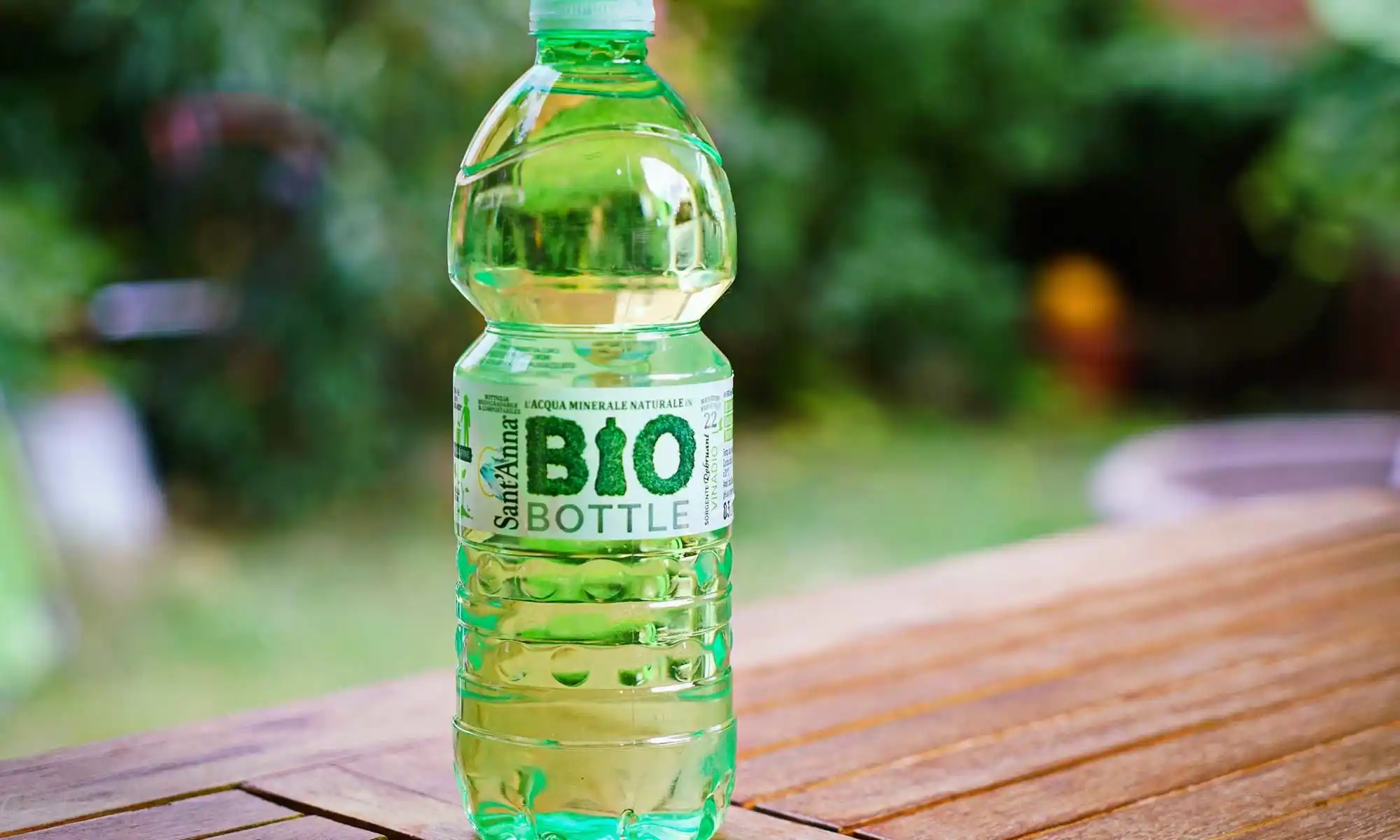
Biodegradable plastics are a type of plastic that can be decomposed by bacteria or other natural processes. Biodegradable plastics are an innovative solution to the plastic pollution problem because they break down much faster than traditional plastics, and they do not harm the environment.
Biodegradable plastics can be made from a variety of materials, including plant-based materials, starches, and cellulose. These materials are renewable and sustainable, which makes them an excellent alternative to traditional plastics.
Solution 2: Plastic recycling programs
Plastic recycling programs are another innovative solution to the plastic pollution problem. Recycling plastic reduces the amount of plastic waste that ends up in the environment and conserves natural resources.
In a recycling program, plastic waste is collected, sorted, and processed into new products. This process reduces the need for virgin plastic, which helps to conserve natural resources and reduce greenhouse gas emissions.
Solution 3: Plastic bag bans
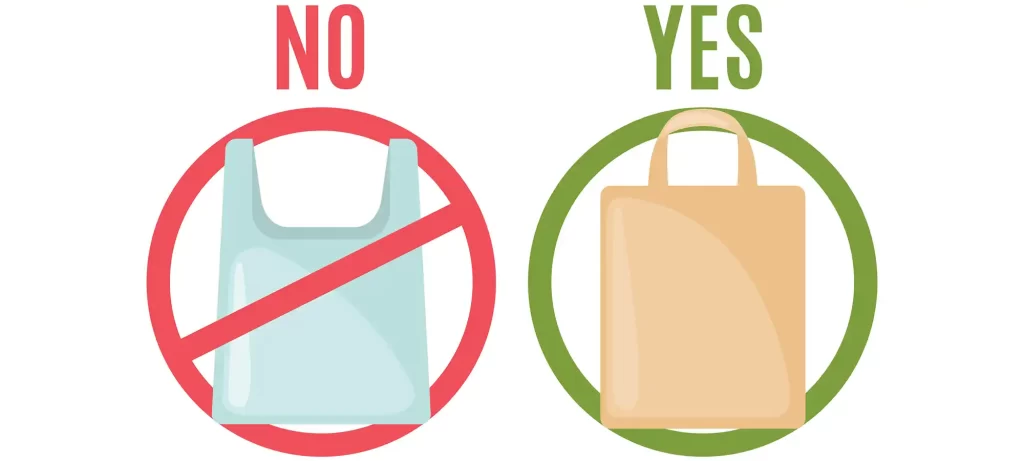
Plastic bag bans are an effective way to reduce plastic pollution. Plastic bags are a major source of plastic waste, and they often end up in the ocean, where they harm marine life and pollute beaches.
Many countries and cities have implemented plastic bag bans to reduce the amount of plastic waste that ends up in the environment. These bans have been successful in reducing plastic pollution and increasing the use of reusable bags.
Solution 4: Alternative packaging materials
Alternative packaging materials are an innovative solution to the plastic pollution problem. Many products are packaged in plastic, which contributes to the plastic waste problem.
Alternative packaging materials include materials such as paper, glass, and metal that are more sustainable and eco-friendly than plastic. These materials can be recycled or reused, which reduces the amount of plastic waste that ends up in the environment.
Solution 5: Ocean cleanup initiatives
Ocean cleanup initiatives are an innovative solution to the plastic pollution problem. These initiatives involve the removal of plastic waste from the ocean and the prevention of plastic waste from entering the ocean.
Ocean cleanup initiatives can take many forms, including beach cleanups, ocean cleanup vessels, and even the development of new technology that can remove plastic waste from the ocean. These initiatives help to reduce the amount of plastic waste in the ocean, which helps to protect marine life and ecosystems.
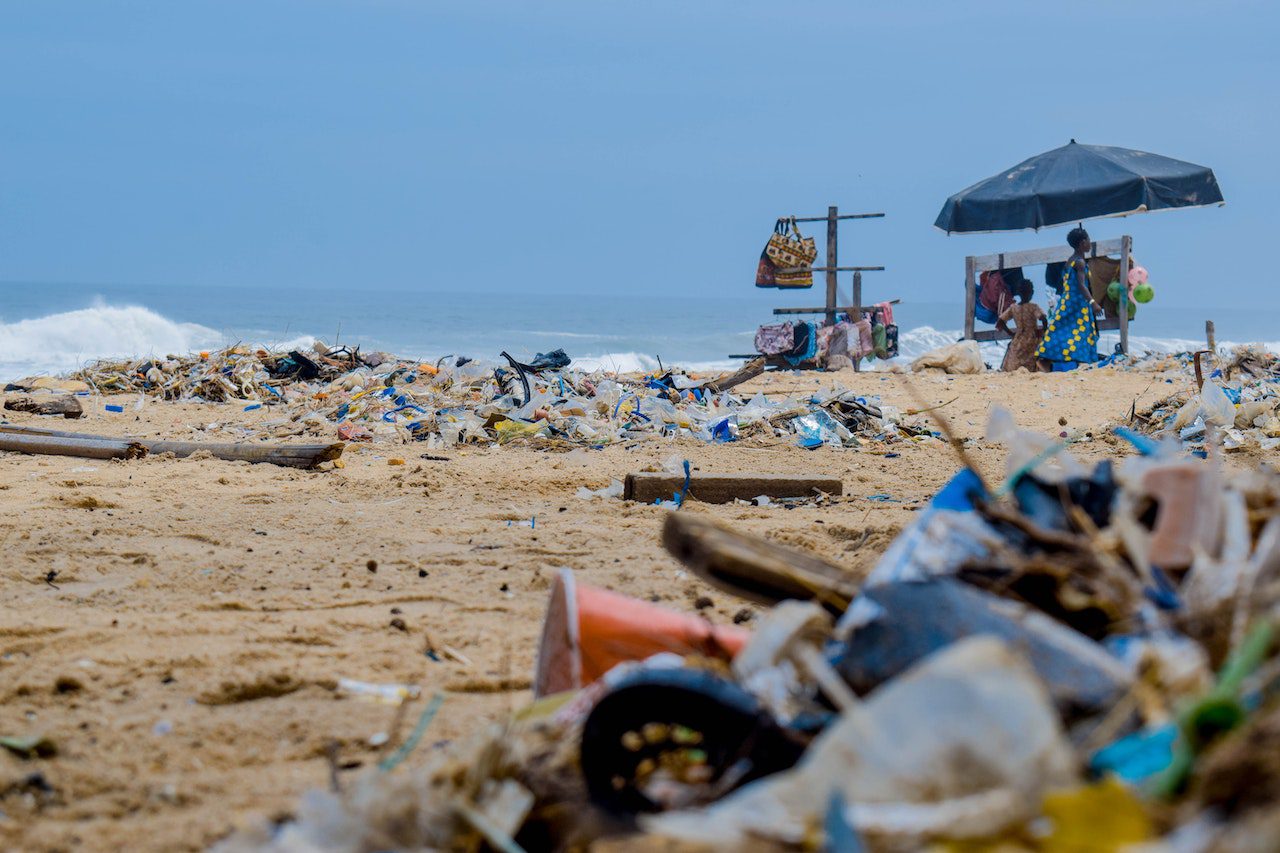
Implementation of plastic pollution solutions
The implementation of plastic pollution solutions is crucial to addressing the plastic pollution crisis. Governments, businesses, and individuals all have a role to play in implementing these solutions.
Governments can pass laws and regulations that encourage the use of sustainable materials and reduce the use of plastic. Businesses can implement sustainable practices, such as recycling programs and the use of alternative packaging materials. Individuals can reduce their use of plastic by using reusable bags, water bottles, and straws.
It is important that we all work together to implement these solutions and reduce the amount of plastic waste that ends up in the environment.
Solutions to Plastic Pollution Can Make a Difference
Plastic pollution is a global problem that requires innovative solutions. Biodegradable plastics, plastic recycling programs, plastic bag bans, alternative packaging materials, and ocean cleanup initiatives are all solutions that can help to reduce plastic pollution and make a real difference.
It is up to all of us to take action and implement these solutions. Whether you are a government, a business, or an individual, there are steps you can take to reduce your use of plastic and help to protect the environment.
Let us all work together to implement these solutions and make a positive impact on the environment.
Plastic Pollution Solutions FAQs
Q: What are the 5 causes of plastic pollution?
A: There are several causes of plastic pollution. Here are five major contributors:
- Single-use plastics: The widespread use of single-use plastics such as plastic bags, bottles, and packaging contributes significantly to plastic pollution. These items are often used briefly and then discarded, ending up in landfills or polluting our oceans.
- Improper waste management: Inadequate waste management systems and improper disposal of plastics are major causes of pollution. When plastic waste is not properly managed, it can be blown into waterways, accumulate in open dumps, or be incinerated, releasing toxic pollutants into the environment.
- Plastic in agriculture: The use of plastic in agriculture, such as plastic mulch films and irrigation tubing, can result in plastic pollution. These materials can degrade over time, breaking into microplastics that contaminate the soil and water.
- Industrial and manufacturing processes: Industries that produce and use plastic contribute to pollution through improper handling of plastic waste and the release of plastic particles into the environment. Plastic production itself is an energy-intensive process that relies on fossil fuels, contributing to carbon emissions and climate change.
- Littering and illegal dumping: Human behavior, including littering and illegal dumping, is a significant cause of plastic pollution. When plastics are discarded improperly, they can be carried by wind or rain into water bodies, where they pose a threat to marine life and ecosystems.
Q: How is plastic destroying our environment?
A: Plastic is causing extensive damage to our environment in various ways:
- Marine ecosystem disruption: Large amounts of plastic waste end up in the oceans, where they harm marine life. Marine animals can mistake plastic for food or become entangled in it, leading to injury or death. The presence of microplastics in the water also poses a threat to marine organisms, disrupting ecosystems and biodiversity.
- Soil and water contamination: Plastic pollution affects not only marine environments but also terrestrial ecosystems. When plastic waste breaks down into microplastics, it can contaminate soil and freshwater sources. This contamination can harm plants, animals, and ultimately humans through the food chain.
- Air pollution and climate change: The production and incineration of plastic contribute to air pollution and climate change. Burning plastic releases toxic pollutants into the air, while plastic production relies heavily on fossil fuels, contributing to greenhouse gas emissions and global warming.
- Harm to wildlife and habitats: Plastic pollution negatively impacts wildlife and their habitats. Animals can become entangled in plastic debris, leading to injuries, amputations, or death. The accumulation of plastic waste in natural habitats also disrupts ecosystems and alters the balance of ecosystems.
- Long-lasting environmental persistence: Plastic is a highly durable material and takes hundreds of years to break down. This persistence means that plastic waste remains in the environment for an extended period, continuing to cause harm and pollution long after it is discarded.
Q: How can we reduce plastic pollution at home?
A: Reducing plastic pollution at home is a collective effort that involves making conscious choices and adopting sustainable practices. Here are some ways to minimize plastic waste:
- Use reusable alternatives: Replace single-use plastic items with reusable alternatives. Carry a reusable water bottle, bring your own shopping bags, and opt for glass or stainless steel containers instead of plastic ones.
- Avoid excessive packaging: Look for products with minimal packaging or choose items packaged in materials like paper or cardboard. Buy in bulk to reduce packaging waste and choose products with eco-friendly packaging options whenever possible.
- Recycle correctly: Familiarize yourself with your local recycling guidelines and ensure you recycle plastic items properly. Rinse and clean recyclables before disposal, and separate different types of plastic to improve recycling efficiency.
- Say no to disposable plastics: Refuse single-use plastic items such as straws, cutlery, and take-out containers. Instead, carry your own reusable alternatives or dine in when possible.
- Support plastic-free initiatives: Encourage businesses to reduce their plastic usage by supporting eco-friendly establishments and products. Spread awareness about the importance of reducing plastic pollution among your friends, family, and community.
By incorporating these practices into your daily routine, you can significantly reduce plastic pollution and contribute to a healthier environment.

